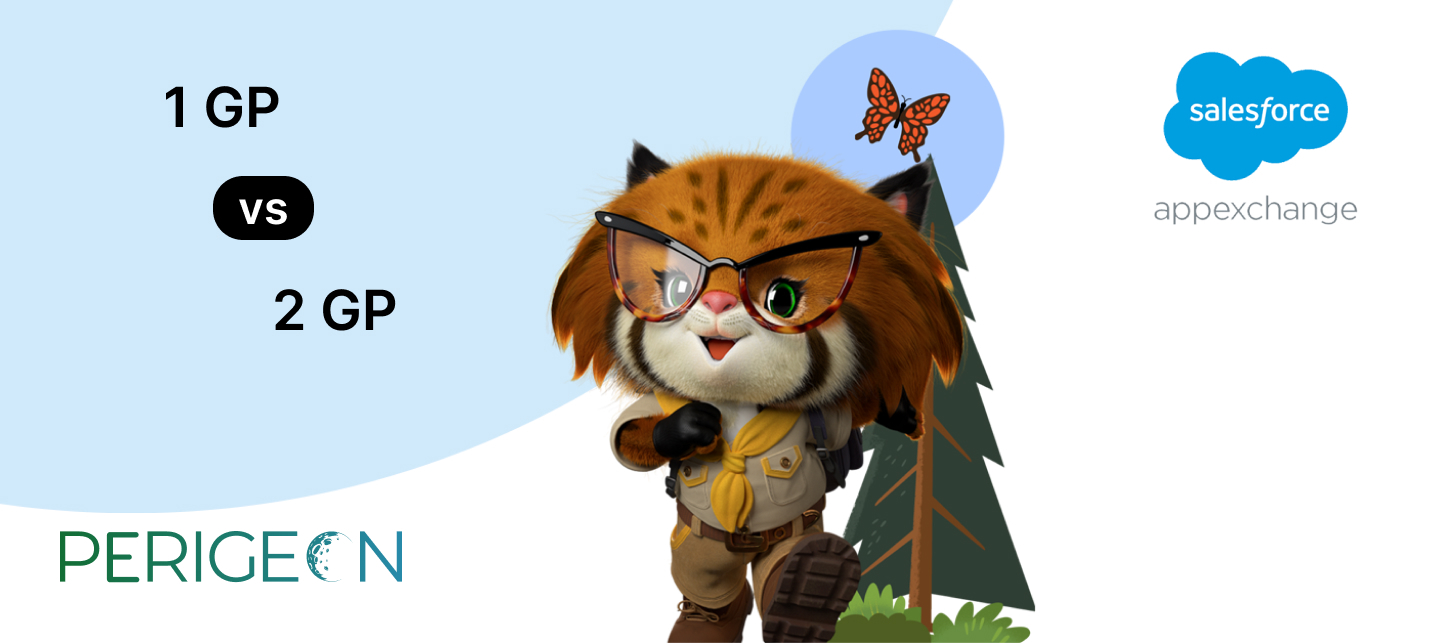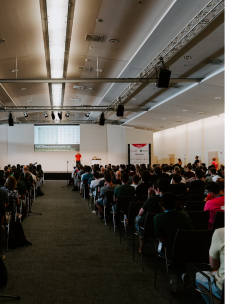Table of content
Introduction
Understanding 1st Generation Packaging (1GP)
Exploring 2nd Generation Packaging (2GP)
Choosing Between 1GP and 2GP
Conclusion
Introduction:
Overview of Salesforce App Development: Salesforce offers a robust platform for building applications tailored to specific business needs. According to Salesforce, over 150,000 companies use the Salesforce platform to grow their businesses.
Importance of AppExchange Listing: AppExchange is Salesforce’s marketplace for third-party applications. Listing your app on AppExchange provides access to Salesforce’s vast user base and opens up opportunities for monetization and growth.
Understanding 1st Generation Packaging (1GP)
1st Generation Packaging has been the traditional packaging model on Salesforce for many years. It involves creating a managed or unmanaged package using Salesforce’s Metadata API. Here are some key characteristics of 1GP.
-
-
Metadata-Based Packaging:
-
1GP relies on metadata components such as objects, fields, classes, pages, and other Salesforce configurations to create a package.
-
-
Limited Versioning:
-
With 1GP, versioning is limited, making it challenging to manage updates and dependencies between packages.
-
-
Namespace Prefixing:
-
Managed packages in 1GP require a namespace prefix, which can sometimes cause conflicts and complexity, especially in large ecosystems.
-
-
Cumbersome Upgrade Process:
-
Upgrading packages in 1GP can be cumbersome, often requiring manual intervention and potential downtime for subscribers.
Exploring 2nd Generation Packaging (2GP)
2nd Generation Packaging represents a modernized approach to packaging applications on the Salesforce platform. It introduces several improvements and enhancements over 1GP. Here’s what you need to know about 2GP.
-
-
Source-Driven Development:
-
2GP is source-driven, meaning that packages are defined using source code and configuration files stored in a version control system like Git.
-
-
Enhanced Versioning:
-
2GP offers enhanced versioning capabilities, allowing for more granular control over package versions and dependencies.
-
-
No Namespace Requirement:
-
Unlike 1GP, 2GP does not require namespace prefixes for managed packages, simplifying the packaging process and reducing potential conflicts.
-
-
Smoother Upgrade Process:
-
Upgrading packages in 2GP is smoother and more automated, with support for dependency resolution and automatic version promotion.
Choosing Between 1GP and 2GP
When deciding between 1GP and 2GP for packaging your Salesforce applications, consider the following factors:
-
-
Complexity of Your App:
-
If your app is relatively simple and does not have complex dependencies, 1GP may suffice. However, for larger and more complex applications, 2GP offers better scalability and maintainability.
-
-
Future-Proofing:
-
Since Salesforce is gradually phasing out support for 1GP in favor of 2GP, opting for 2GP ensures that your packaging strategy remains aligned with Salesforce’s long-term roadmap.
-
-
Development Workflow:
-
If your development team is already accustomed to source-driven development workflows using tools like Salesforce DX, transitioning to 2GP may be more seamless.
Conclusion
In conclusion, while both 1GP and 2GP serve the purpose of packaging and distributing applications on the Salesforce platform, 2GP offers significant advantages in terms of flexibility, scalability, and future-proofing. As Salesforce continues to invest in and promote 2GP as the preferred packaging model, migrating to 2GP may be the best long-term strategy for ensuring the success of your Salesforce applications on the AppExchange.
At Perigeon Software, we specialize in Salesforce app development and can assist you in leveraging the power of 2nd Generation Packaging for your applications. With our expertise and experience, we can help you navigate the complexities of packaging and distribution on the Salesforce platform, ensuring that your apps are positioned for success on the AppExchange.






